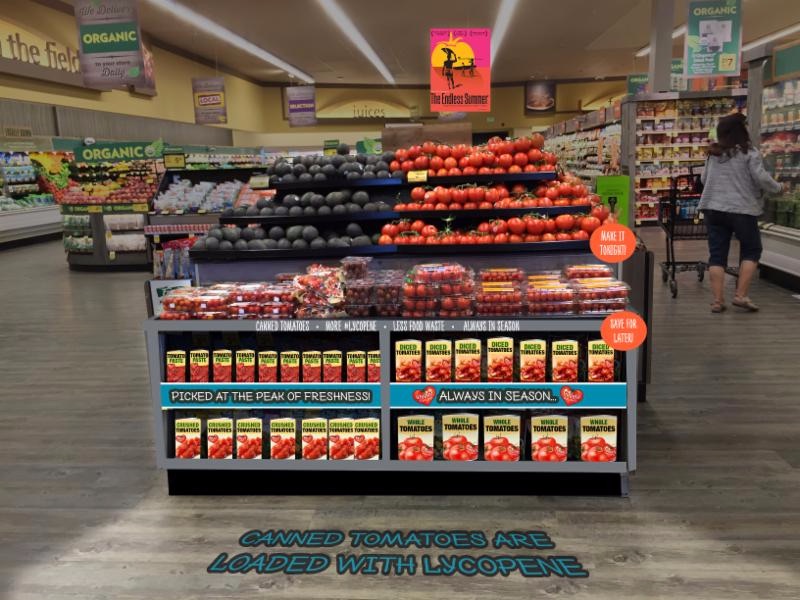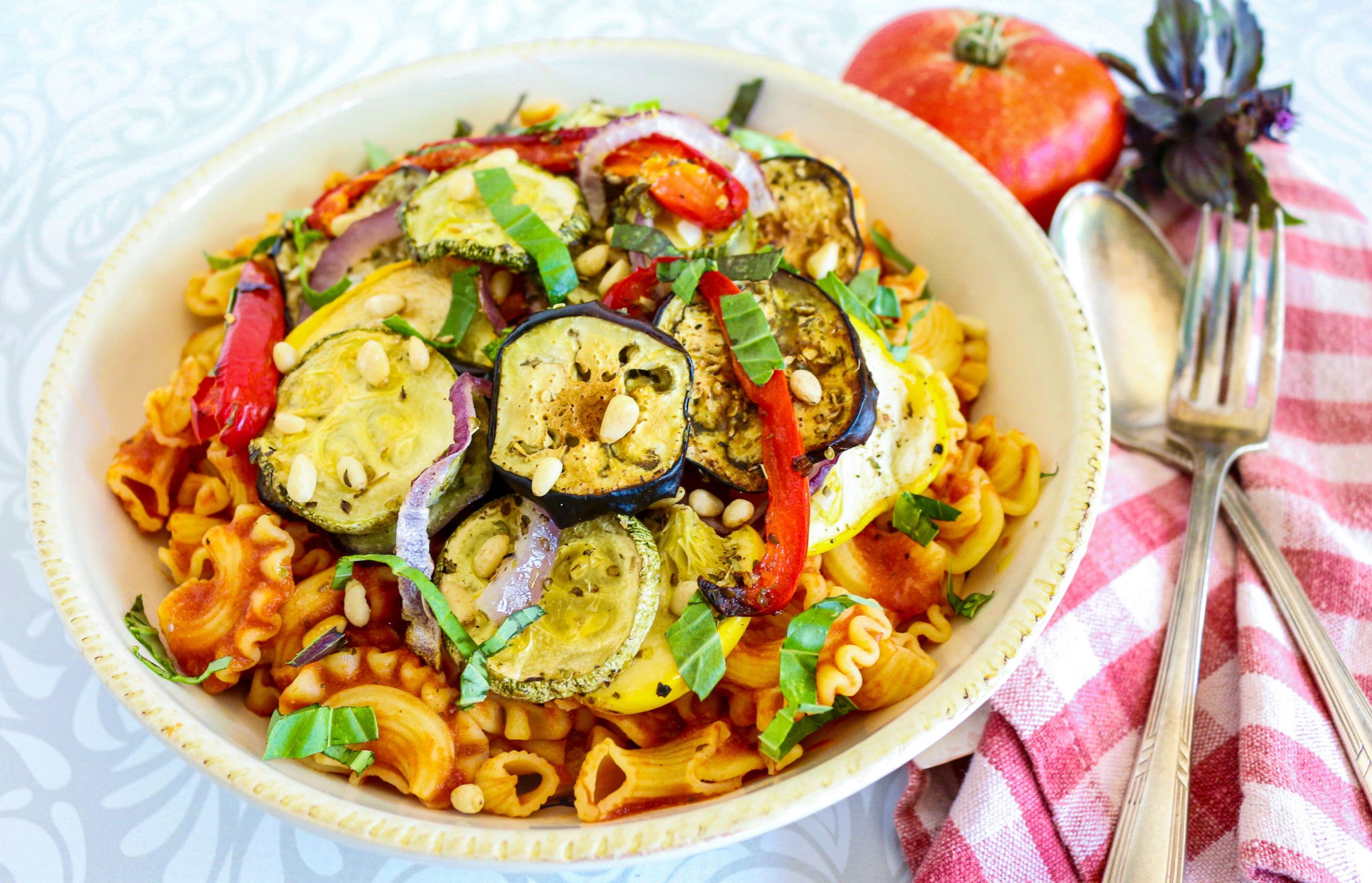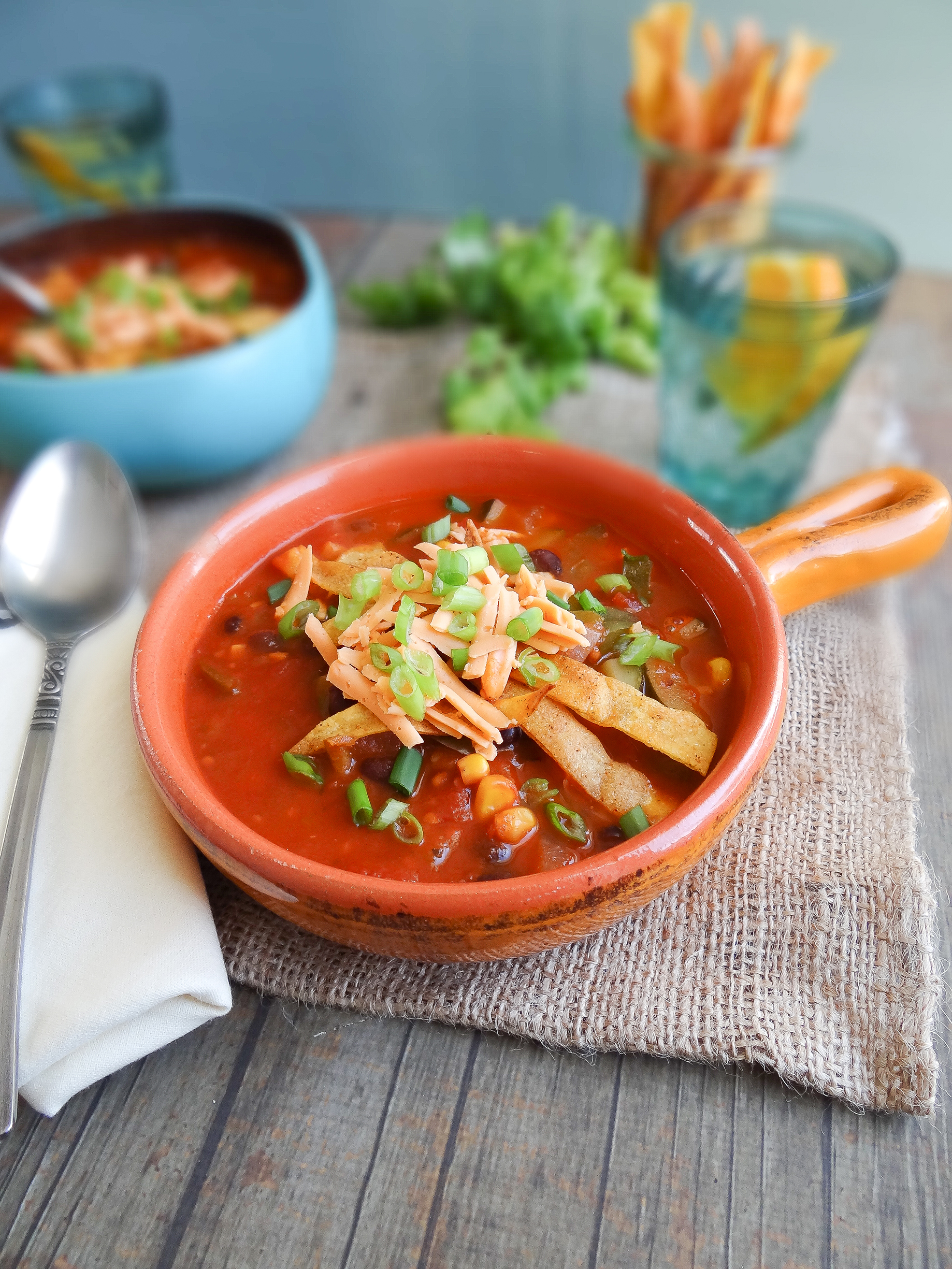
by Tomato Wellness | Dec 24, 2019 | Uncategorized
Canned Tomatoes Good for Your Health, Easy on Your Pocketbook
Did you know that canned tomatoes are good for your health and easy on your pocketbook? Learn more about why they are a pantry staple favorite, and which ones you should stock up on!
Canned tomato products, ranging from whole peeled tomatoes to tomato paste, are not only convenient and economical, they all provide the health benefits of fresh tomatoes. In fact, in some cases, they are more concentrated sources of the nutrients found in fresh tomatoes, such as the antioxidant lycopene (cooking breaks down the tomato’s cell wall, releasing lycopene), blood-pressure-lowering potassium and wound-healing vitamin C—all for about one-third to one-half the cost per pound of fresh tomatoes. According to the United States Department of Agriculture, fresh tomatoes range in price from $1.29 to $3.48 per pound, while canned tomatoes average about $0.91 per pound. Tomatoes destined for canning don’t have to be beautiful so they can be harvested by a machine rather than by hand, reducing the cost. Of course, you’ll pay more for organic and imported and specialty canned products, but generally, canned tomato products are real money savers.

Here’s a guide to the most popular types of canned tomato products that significantly cut costs from your grocery budget, shave off tons of time from food preparation, and provide a real nutrition boost. And check out the delicious recipe ideas for each type of canned tomato product.

Feel free to stock up because canned tomato products last 12–18 months when stored at room temperature.
- Whole peeled tomatoes—like the name says, these are whole peeled tomatoes packed in tomato juice. They’re probably the most versatile of the tomato products. You can use them whole, dice them, or put them in a food processor or blender to make tomato puree or tomato sauce. Great in soups and stews. http://tomatowellness.com/chicken-ratatoullie
- Diced tomatoes—are chopped tomatoes and are usually packed with tomato juice and with calcium chloride to help them retain their shape. If maintaining their shape isn’t the goal in the dish your cooking up, then diced tomatoes aren’t necessary. They are available in a variety of flavors, including fire roasted for a smoky flavor. http://tomatowellness.com/easy-gazpacho-2
- Stewed tomatoes—these are tomatoes that have been cut up and cooked, usually with seasonings, like salt, sugar, or spices. Ingredients vary among brands, so be sure to read the ingredient label. If you use them in recipes calling for plain tomato products, the added seasonings may change the flavor of the dish. http://tomatowellness.com/mushroom-bean-and-roasted-pepper-chili
- Crushed tomatoes—have a texture somewhere between diced tomatoes and tomato sauce. They have a thick consistency and may contain small pieces of tomatoes. http://tomatowellness.com/mushroom-minestrone
- Tomato puree—is smoother than crushed tomatoes, but maintains a thick consistency, but not nearly as concentrated as paste. It can often be used in place of crushed tomatoes. http://tomatowellness.com/artichoke-turkey-pizza-2
- Tomato sauce—has a pourable texture and may have spices, such as garlic, oregano, onion powder, or basil added. If you’re cutting back on salt, no-salt-added varieties are also available. http://tomatowellness.com/crimini-and-pork-albondigas-meatballs-with-chipotle-tomato-sauce
- Tomato paste—is easily identified because it comes in small 6-ounce cans and is the thickest of the canned tomato products. Add water and you’ve got tomato sauce. It also comes in flavored varieties, from pesto to roasted garlic. http://tomatowellness.com/bean-stew-with-chicken-sausage-2

by Tomato Wellness | Dec 10, 2019 | Tomato Products
The secret to good cooking and healthy eating? All it takes is having the right tool for the job. Putting the right ingredients to work makes your job easy, so make canned tomatoes great again with these tips and tricks.
Canned tomatoes may sound like old news, but their savory umami and versatility in the kitchen make them indispensable in your pantry. Sure, plant-powered eating often thrives on a DIY attitude and recipe hacks. Canning your own tomatoes is fabulous, but many of us lack access to fresh tomatoes during in-season or are otherwise unable to embark on such a project. Canned tomatoes are one of those convenience products that save you time, yet don’t compromise your values of healthful food or environmentalism.
Canned tomatoes in all of their forms – diced, crushed, stewed, sauce, paste – are canned during in-season and within hours of their harvest. This minimal processing makes the canned version far more sustainable than eating off-season fresh tomatoes shipped or flown from hundreds of miles away.
Not to mention the expense! You can find canned tomato products at inexpensive prices year-round, whereas the fluctuating prices of fresh tomatoes can be an obstacle to a tight food budget.
Each serving of these products adds to your daily vegetable tally. Look for those with minimal added salt and sugar to maximize their nutrition. Tomatoes in all of their forms feature vitamins C and A, and other plant compounds, like lycopene which has been linked to reduced risk of cardiovascular disease and some cancers. Read on to learn how to make canned tomatoes new again.
Check out these 6 tips for a fresh take on canned tomatoes:

1. Go artisan. Always having a can or two of tomato paste on-hand enables you to get creative and make your very own artisan sauces. How about a curry-inspired ketchup or sriracha-style sauce for your veggie burger? Or a fancy ketchup that incorporates horseradish or balsamic vinegar for your veggie kabobs on the grill. Try something new with canned diced tomatoes in this savory grain porridge of Tomato Basil Steel Cut Oats.
2. Impress your last-minute guests. Toss a can of diced tomatoes, minced garlic, and fresh or dried Italian herbs with a little olive oil, and all you have to do is run out for a fresh baguette. You suddenly have a fancy bruschetta appetizer! Even better, opt for a can of diced fire-roasted tomatoes. Those grill marks will really have your friends thinking you spent all afternoon poring over the grill!

3. Spice up your routine. Have you noticed all the varieties of canned tomatoes available now? A can of diced fire-roasted tomatoes or with added green chilies become the perfect accessory to tacos, nachos, or this Tortilla Soup. A can of crushed tomatoes with minced garlic, bell pepper, and oregano is the best base for marinara sauce smothered over your lasagna or pizza.
4. Too hot to cook? We all need more meal ideas for the hot summer days that come anytime during spring through fall. Enjoy a no-cook recipe that you can make whether fresh tomatoes are in-season or not. Cold tomato soup, or gazpacho, can be as simple as a bruschetta recipe but with an additional splash of flavorful vinegar. You can keep it simple or add toppings like diced bell pepper and cucumber, croutons, chickpeas, fresh sliced avocado, or fresh herbs. Make this Easy Gazpacho and serve in shot glasses for a fun appetizer.

5. Easy as (pizza) pie. With minced garlic and olive oil, simmer a can of crushed tomatoes in thick puree, or crushed tomatoes with basil and oregano, and you will have stellar marinara sauce in no time. With a sauce this easy, you can jump on that homemade pizza trend and focus your attention on the toppings and inventive crusts made from cauliflower or polenta.
6. Up your roasting game. Thin out canned tomato paste with just a little water, then use to coat your roasting vegetables before popping into the oven. Naturally occurring sugars and umami flavors in the tomato are a great way to season your food without adding oil or salt, give it a try!
Images by Sharon Palmer, MSFS, RDN, The Plant-Powered Dietitian








Recent Comments